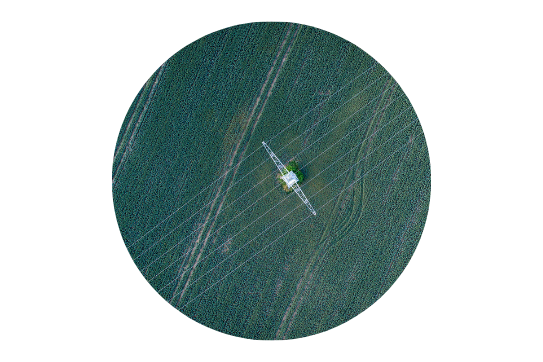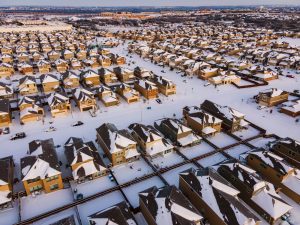02/15/2022
We’ve all been there. The power goes out and all your lights, appliances, and internet click off in an instant. You wait for it to flicker and restore, but many times that hope fades during extreme weather. And as much as it’s a nuisance to you and your family at home, weather disruptions to the electric grid are something that all utility providers must face.
With electricity and utility services so ingrained into our everyday lives, little slack is offered to providers when the power goes out – and they know this. There are a variety of weather events that utilities must plan for to keep the lights on for not only you, but also your surrounding communities and public services. Moreover, as extreme weather events and climate change become more recurring conversations, legislators have responded with an increased focus on policy to boost utility resilience and help shape operations for the future.
No matter how you slice it, the stakes are high. Keep reading to see what scenarios appear on utility providers’ radars and discover how companies are working today to increase grid resiliency for tomorrow.
Types of extreme weather risks on utility providers’ radar
To start off, let’s clarify what is meant by “extreme weather” for utilities and the electric grid. This covers a broad spectrum and includes things like deep freezes, ice storms, heat waves, hurricanes, tornadoes, floods, and even wildfires. And while the conditions of each are fairly unique, the ways in which these weather events challenge the industry are similar. Deep freezes and extreme cold temperatures can dampen exposed generators and ice up underground pipelines. Heat waves and extended droughts can cause overheating and wear down equipment efficiency. Hurricane winds and storm gusts can snap towers and knock over power lines. And of course, flood plains and wildfires – especially on the west coast – can destroy grid infrastructure with lengthy recovery times to rebuild.
To combat this, utility providers must perform cost-effective hardening efforts and strategies to increase their grid resiliency. In recent years, many companies have amped up work on grid-hardening programs to reinforce their generation, transmission, and distribution (T&D) infrastructure. They’re investing billions of dollars to improve the resilience of substations and T&D lines. Depending on a utility’s climate and community they serve, many have deployed efforts to strengthen overhead power lines, elevate substations, replace old pipelines, convert wood poles to steel, and integrate grid isolation to reduce the volume of customers affected by damage to a given region. Some Gulf Coast providers have even worked on restoring natural wetlands and managing their natural environment to protect against extreme weather. These efforts are often multi-year investments for companies, but they are expected to pay off down the road.
Storm outages impact more than just your home
Another key thing to consider about weather outages is the effects on other societal functions outside your own neighborhood. These may include local hospitals, grocery stores, municipalities, internet providers, and other services. They each pose a challenge that utility providers must consider to isolate power outages or interruptions to non-critical locales.
To support these services, utilities often run simulations and stress test scenarios to plan for worst case scenarios. And, in typical fashion, it’s the extreme cases, the outliers, that cause the most detrimental impact to communities. Some examples include technology cyberattacks on critical infrastructure, system monitoring failures, and rapid shortfalls of energy supply due to weather-spawned crises.
For our focus on weather, one hot topic is power shortages to community hospitals and medical facilities. As healthcare providers, patient lives may be at risk, so there are exceptionally low tolerances for power disruptions. Knowing that, energy providers often prioritize hospitals for power in the case of forced outages and will leverage uninterruptible power supplies (UPS’s) in these situations. They often partner with local hospital networks to inspect and test critical components of emergency power systems and on-site generators, as well as educate personnel on protocols during a disaster. They’ll do whatever is possible to isolate portions of their grid network to avoid a lapse in power. However, without legislation, such decisions for assigning priority to healthcare facilities can vary across utilities.




